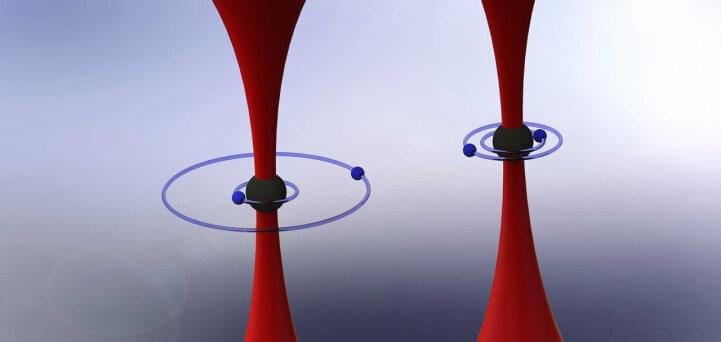In The Analysis of Matter (1927) Bertrand Russell defended a couple of theses that amounted to a novel approach to the mind-body problem. Similar claims were defended by Eddington in his Gifford lectures of the same year. This approach was forgotten about in the latter half of the twentieth century, perhaps because it didn’t fit with the physicalist predilections of the period. However, it has recently been rediscovered, leading to a view – or better a school of views – known as ‘Russellian monism.’ Russellian monism is increasingly seen as a promising middle way between dualism and physicalism, avoiding the problems associated with either of these extremes. In this lecture, I explain the basic idea.









